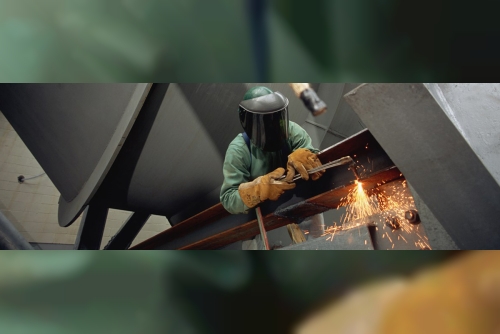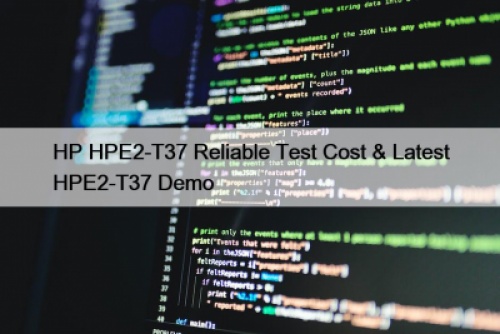How Does Object Oriented & Procedural Programming Differ From Each Other?
It becomes essential to know the points of contrast between Object oriented vs procedural programming. Having the knowledge of the concepts driving them, and the features and languages they support will enable you to pick the right language to use to embrace a specific project. OOP and Procedural programming tend to differ, so they ought not be mistaken for one another.
Each programming language possesses a paradigm, or numerous paradigms, on which it functions. These offer different concepts using which the components of a program can be manipulated and represented. A few of the programming languages make use of several paradigms, which in such a case, is called multi-paradigm. Two of the most widely used programming paradigms consist of Object-Oriented Programming vs Procedural Programming. Both these run the most powerful and the widely used languages we know, inclusive yet not restricted to C, Java, Python, C++ etc.
In the light of this, following are some of the notable differences between these two programming paradigms:
Definition:Procedural programming happens to be a kind of imperative programming, where statements are formed into procedures, which can be called back when required. C makes use of procedural programming.
On the other hand, Object-oriented programming turns out to be a style which regards data as objects having attributes and methods which can be applied to these objects and furthermore be inherited by other objects. Java is a perfect example of a language that deploys this particular concept. Still, Java is a multi-paradigm language and it likewise utilizes a few concepts commonplace to Procedural Programming.
There is no need for objects in Procedural programming. Like its name infers, it consists of procedures which could be routines, data structures and subroutines.
OOP focuses on classes and objects. Through representing variables as objects, one can pass a function (method) to it. An object that belongs to a specific class can be dealt with independently. OOP can be class-based, which in such a case, objects depend on predefined classes. Prototype-based OOP likewise exists, whereby there is no requirement for classes and just objects are utilized.
Terminology:The terminology utilized in each of these paradigms differs, in spite of the fact that they may imply the same thing. Under procedural programming, functions are called “procedures”, while in OOP; they will instead be termed as “methods”.
The data structure nomenclature likewise differs. Procedural programming marks them as “records” while OOP utilizes “objects”. Procedural Programming makes use of a procedure call for calling a
function, in the interim, OOP utilizes a message call to request actions from objects.
Inheritance:Inheritance is not supported under Procedural programming. Inheritance can just be applied to objects. Since procedural programming lacks objects, it comes sans this feature, as a result distinguishing it from OOP.
The most prominent characteristic of the OOP paradigm turns out to be inheritance. Inheritance offers OOP a boost, by empowering an overall straightforwardness through which the code can be reused and extended sans altering the existing code. Newer objects have the ability to “inherit” the properties of older objects. A subclass can, along these lines, override a method defined under a superclass. In situations where an object inherits features from more than one parent object, the Multiple Inheritance concept ensues.
That was about the differences between Procedural programming and OOP, for all those who are planning for a career in programming.
















